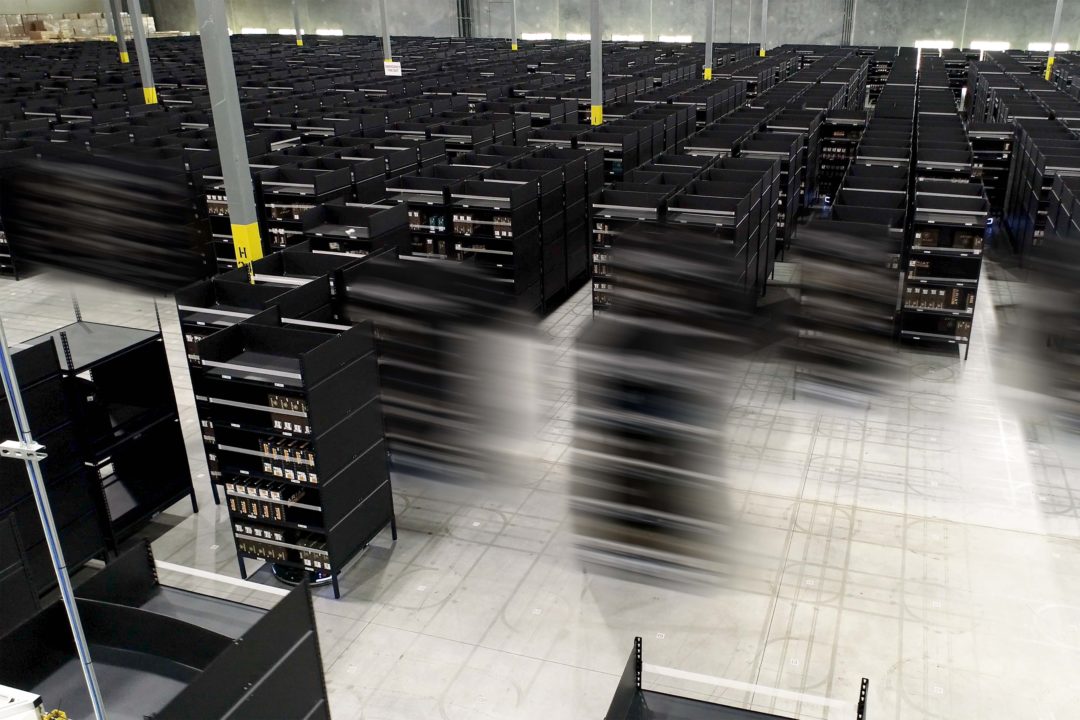
The year ahead promises to be one of exciting technological advancement in supply chains. Robotics and automation are experiencing exponential growth, and artificial intelligence is opening new doors.
Robotics and technology companies have doubled down on development of applications to support this market, especially in the warehouse. There’s been a significant capital infusion in the industry, and the number of companies entering the market has exploded, as demand has increased and patents have begun to expire. Competition is likely to fuel rapid progress.
Robotics companies are also becoming more specialized. Early on, they typically built their own bots, algorithms and AI. Trying to design both hardware and design software taxed limited resources and slowed progress.
Today, there are a handful of companies building robots that do it well and efficiently. That allows startups to focus on the software, where they can deliver maximum value. Those choosing to finetune AI will move forward even faster.
Labor Constraints
Historic lows in labor availability are a major challenge for a traditionally manual industry. Meanwhile, rising labor costs have changed the break-even point for tech investments, prompting companies to revisit solutions that they might have discounted when labor was cheaper and more readily available.
Companies are looking to mechanize or automate wherever possible to reduce labor dependency. Addressing the least desirable job functions – physically demanding tasks such as repetitive motions, walking in the warehouse and overnight shifts — is a priority.
By automating those tasks, companies can reallocate associates to areas where they can add more value and find more job satisfaction. In the process, they improve the working environment and bolster employee retention.
Autonomous mobile robots (AMRs) have proved to be effective for this purpose. Pick-assist cobots and goods-to-person (GTP) robots work safely and efficiently alongside associates, and minimize the need to walk long distances within the warehouse.
Greater Flexibility
Historically, robotics and automation installations have tended to require a significant capital investment with a long-term return on investment. While feasible for large-scale self-operators who plan to use the equipment for 10 to 15 years, that investment was more challenging for those with smaller budgets, or third-party logistics (3PL) providers with short-term client contracts.
Over the past few years, that has changed. The current labor market has improved the business case for investments in automation and robotics. In addition, a trend toward longer contracts makes it easier for 3PLs to realize ROI.
For added convenience, many robotics companies have begun offering robots as a service (RaaS), much like the software-as-a-service (SaaS) model. It becomes easier to adopt those technologies when you can pay as you go, instead of having to make large, upfront capital investments.
Robotics and automation have become more mobile. Unlike larger, fixed installations, AMRs can be moved quickly and easily. A regionally based warehouse looking to create a centralized distribution center, for example, can redeploy the robots to new locations without a major expense or downtime.
Today’s robotics systems are more scalable and flexible than ever. You can start small and add more units as your volume grows, reconfigure to accommodate changes in your product line, or support new sales channels.
Advances in AI
Artificial intelligence promises to be a game changer, one that will impact all areas of the industry.
Right now, the best use cases are happening in the back office. AI offers the ability to create internal efficiencies and improve access to information. Compiling meeting notes, assessing key performance indicators, answering FAQs: the options are endless.
AI frees up time spent on mundane tasks. Rather than searching through a variety of dashboards, smart sheets and business intelligence tools, you can get your hands on the data you need within seconds.
One of the biggest potential benefits is service enhancement, such as chatbots and guided resolution. There’s also the potential for using AI to predict consumer demand.
Naturally, AI requires oversight. The focus shifts to reviewing, auditing, editing and interpreting. And of course, as with any instance of change management, there are human resources, legal and data-security implications to consider.
On the Horizon
AI is progressing more slowly in the warehouse. On the floor, the current emphasis is on machine learning. For example, an AMR learns the quickest way to navigate from point A to point B by using if/then statements: If something is blocking this aisle, then here’s how to go around it. True AI, on the other hand, anticipates and make decisions in advance.
Another potential warehouse application is order picking, a labor-intensive process. Currently, robotic arms are generally capable of picking larger, uniform products. But when it comes to picking a small, loose item or product wrapped in translucent plastic from a bin and inserting it into a shipper, they generally lack the dexterity and intuition of a human picker. Robotics companies are working diligently to solve those issues, and it’s only a matter of time before they perfect the process.
Other good use cases include real-time labor planning, dynamic or intelligent slotting, and operational modeling.
It can be tempting to use AI everywhere, but it’s best to start with a particular problem or challenge, and consider if and how AI might help to address it.
With so much potential for advanced technologies in the warehouse, the year ahead holds great possibility.
Grady Martin is senior vice president, innovation & engineering with Saddle Creek Logistics Services.







